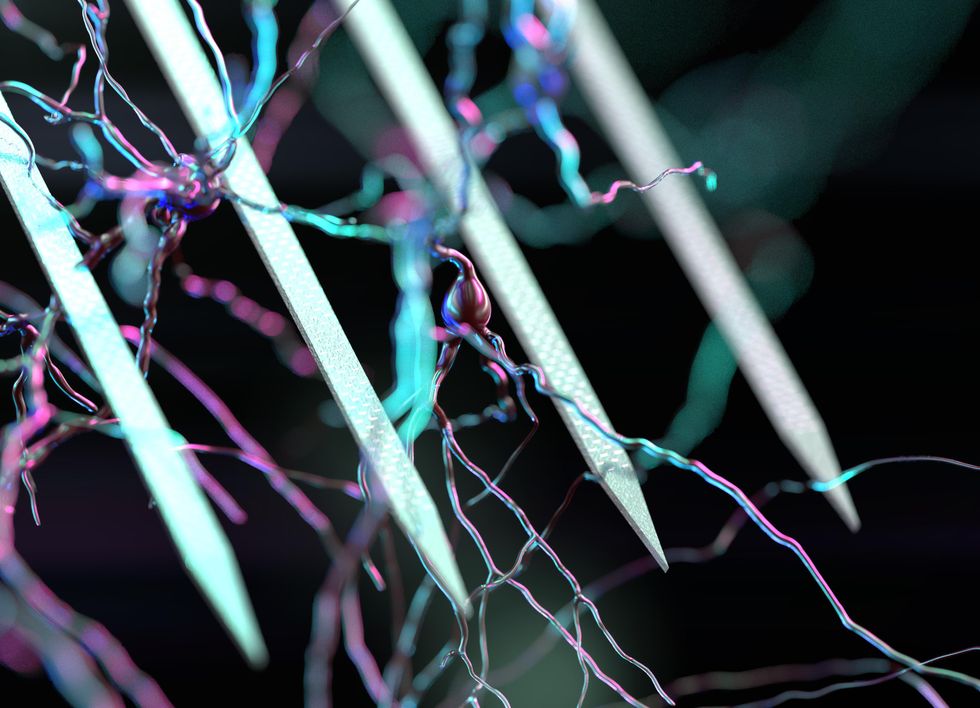Help Not Wanted

The Big Picture features technology through the lens of photographers.
Every month, IEEE Spectrum selects the most stunning technology images recently captured by photographers around the world. We choose images that reflect an important advance, or a trend, or that are just mesmerizing to look at. We feature all images on our site, and one also appears on our monthly print edition.
Enjoy the latest images, and if you have suggestions, leave a comment below.
Help Not Wanted
Mechanical labor-saving implements spare farm workers some of the backbreaking tasks they once faced. But mechanization, for the longest time, went only so far. Workers still toil in the dirt from sunrise to sunset-withstanding the blazing sun, dust, pesticides, and injury-inducing repetitive motion-with no guarantee of bountiful harvests. Now, agriculture might be on the verge of seeing field hands eliminated from the crop-raising equation altogether. The machine pictured here, the AgBot from Dutch startup AgXeed, is designed to till, seed, feed, and weed a plot autonomously. A suite of sensors keeps the machine properly oriented on a farm plot and instantly detects obstacles (like the farmer's daughter) that should be avoided.
Sebastian Willnow/DPA/Getty images
 Brightness-Boosting Chips
Brightness-Boosting ChipsThe tech industry's bywords have long been smaller, faster, and more powerful. Steadily climbing the ranks in importance is efficiency. All these qualities have been the aim of research into photonics devices, which transmit signals with light instead of electricity. Engineers knew that, in theory, chip-scale photonic devices could outclass their electron-based counterparts. But heretofore, researchers had not teased out how to overcome these devices' limited power output (which hastened signal attenuation) and their incompatibility with standard integrated circuit manufacturing procedures. That is, until a group from the Swiss Federal Institute of Technology in Lausanne zeroed in on the target. Pictured here is an array of erbium-doped photonic amplifier chips of the type the Swiss researchers invented. They boost signals a thousandfold due to their unprecedented output power. What's more, each amplifier delivers this performance despite having a spiral waveguide that measures only 3.6 millimeters (about 0.14 inch) across.
NIELS ACKERMANN/LABORATORY OF PHOTONICS AND QUANTUM MEASUREMENTS, EPFL
 Build-a-Brain Workshop
Build-a-Brain WorkshopPart of the difficulty in replicating the 1.3-kilogram lumps of gray matter packaged inside our skulls is that we still do not fully understand how the brain works. And how can we reverse engineer it without breaking it down and potentially wrecking its awesome but delicate hardware? Among the lingering questions: How does this portable supercomputer operate its tens of billions of switches on just 20 watts of power? Gaps in researchers' understanding have not stopped them from continuing to make strides in probing brains. They're steadily gathering more clues to how they can create machines that more closely mimic the gold standard in general performance computing and self-learning. One of the latest takeaways from years of listening in on the brain's electrical signals and mapping them to observable behaviors or thought patterns is a system called Neuropixels. The brain implant, created by scientists and engineers at Imec, the nanoelectronics R&D institute in Belgium, and Howard Hughes Medical Institute, based in Maryland, comprises more than 10,000 electrodes. Together, they yield the most details we have ever gotten about the electrical transmissions taking place among thousands of neurons at once in any given thimbleful of brain tissue.
ANATOMYBLUE